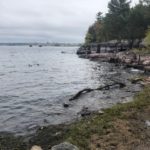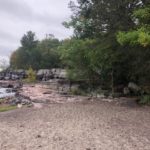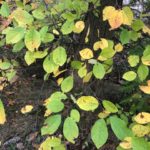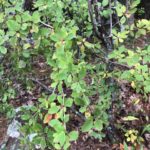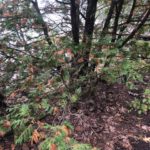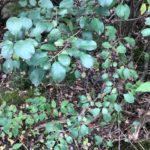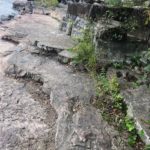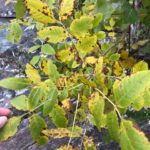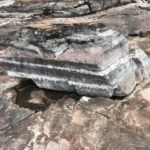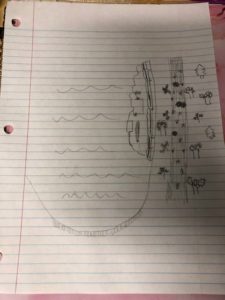
Since my last visit, there has been changes with my phenology site. I noticed all of the Northern White Cedar leaves turned orange and fell to the ground. Before they were just starting to turn orange and still had green leaves on the branches. Those leaves were all over the path and overruled the pine needles that were previously and still are on the ground. There was less algae on the beach and in the algae pond on the rocks. Most of the trees were bare, whereas last time the trees had their leaves. I did not see any signs of wildlife, since the next day I went it was very cold and windy compared to the first time I visited.

